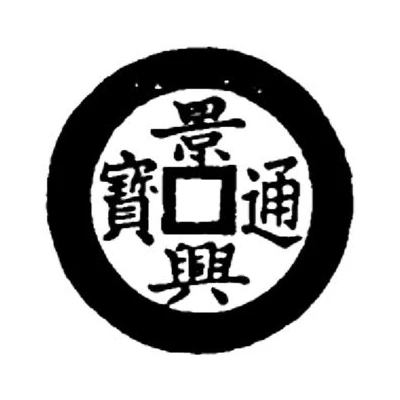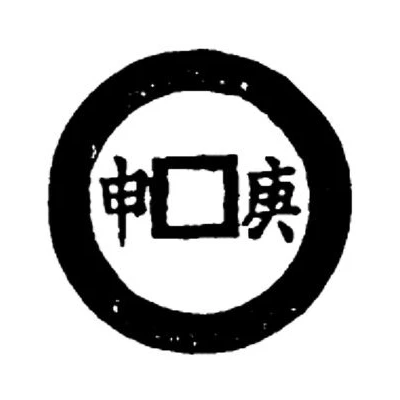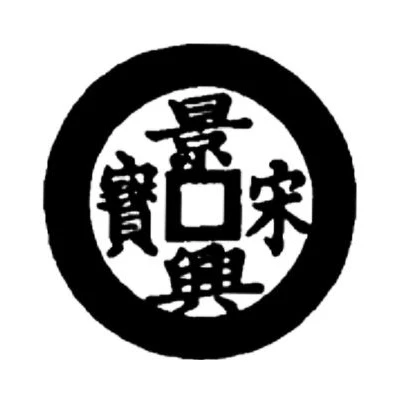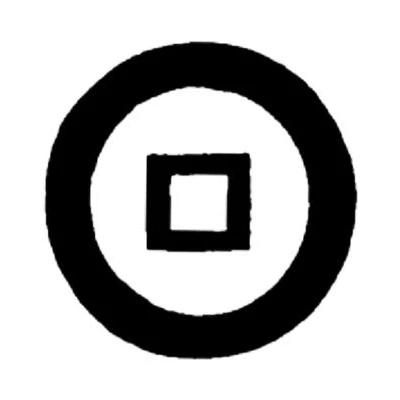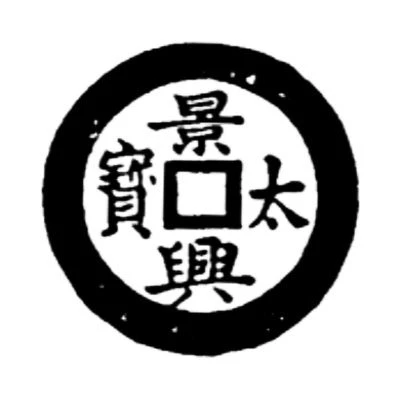
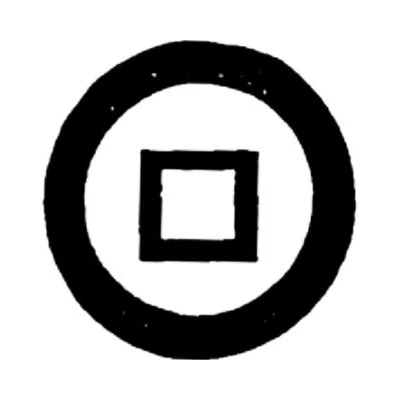

© Edward Toda; 1882. "Annam and Its Minor Currency". North China Branch of the Royal Asiatic Society, Shanghai, China (CC0)
1 Cash - Cảnh Hưng Thái Bảo ND
| Copper | 3.50 g | 24 mm |
| Issuer | Empire of Vietnam |
|---|---|
| Emperor | Lê Hiển Tông (1740-1786) |
| Type | Standard circulation coin |
| Years | 1740-1776 |
| Value | 1 Cash |
| Currency | Cash (970-1868) |
| Composition | Copper |
| Weight | 3.50 g |
| Diameter | 24 mm |
| Shape | Round with a square hole |
| Technique | Cast |
| Orientation | Medal alignment ↑↑ |
| Demonetized | Yes |
| Updated | 2024-10-09 |
| Numista | N#321811 |
|---|---|
| Rarity index | 92% |
Reverse
Blank (uniface).
Edge
Plain
Interesting fact
The 1 Cash coin from the Empire of Vietnam, which was minted during the reign of Emperor Cảnh Hưng (Thái Bảo) from 1740 to 1776, features a unique design that reflects the cultural and historical significance of the time. The obverse side of the coin bears the inscription "Thái Bảo" in Han characters, which means "Great Prosperity," while the reverse side features a stylized dragon and a phoenix, symbols of power and prosperity in Vietnamese culture. The coin's design was influenced by Chinese culture, as Vietnam was a tributary state of China at the time. The use of copper as the material for the coin was also a common practice in ancient Vietnam, as it was a readily available resource and was used for many everyday items, including cooking utensils and tools.
